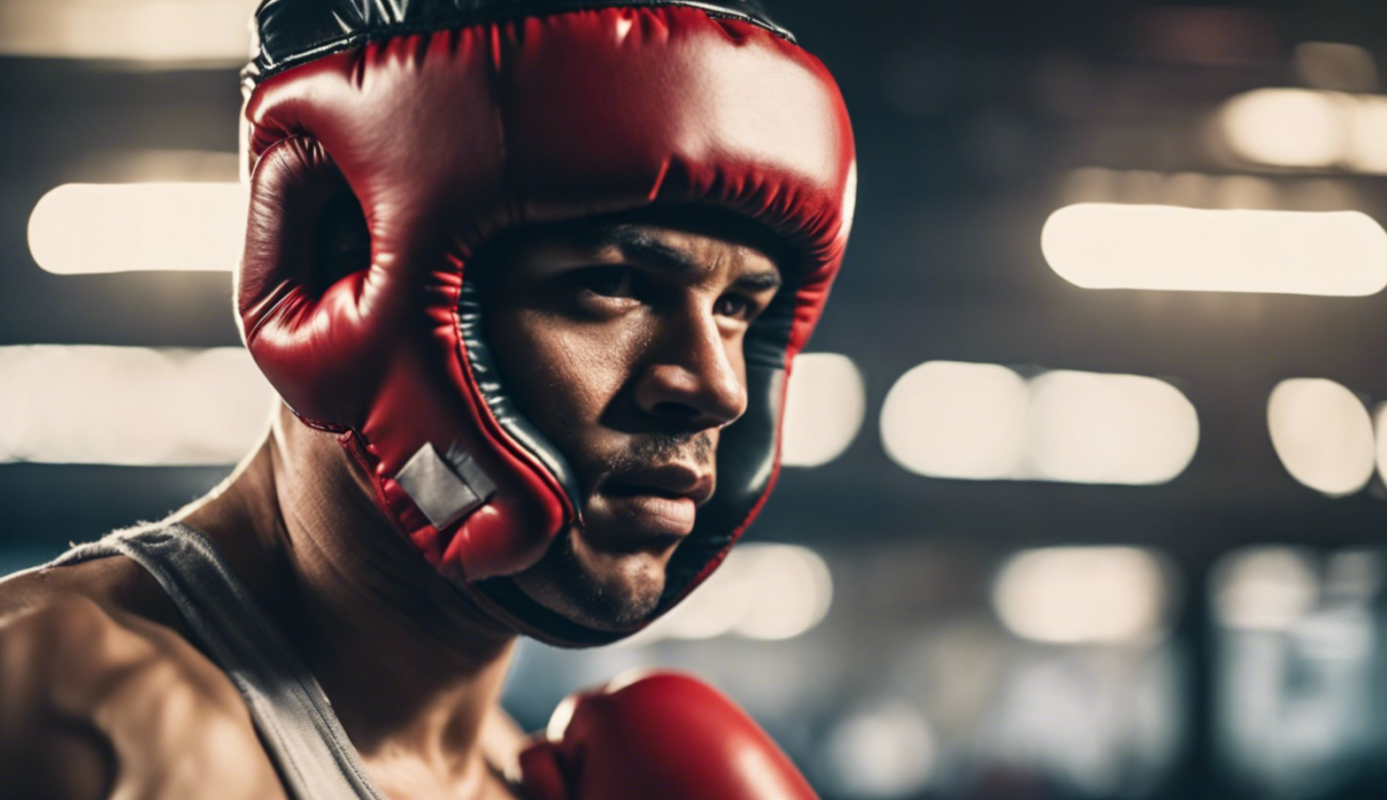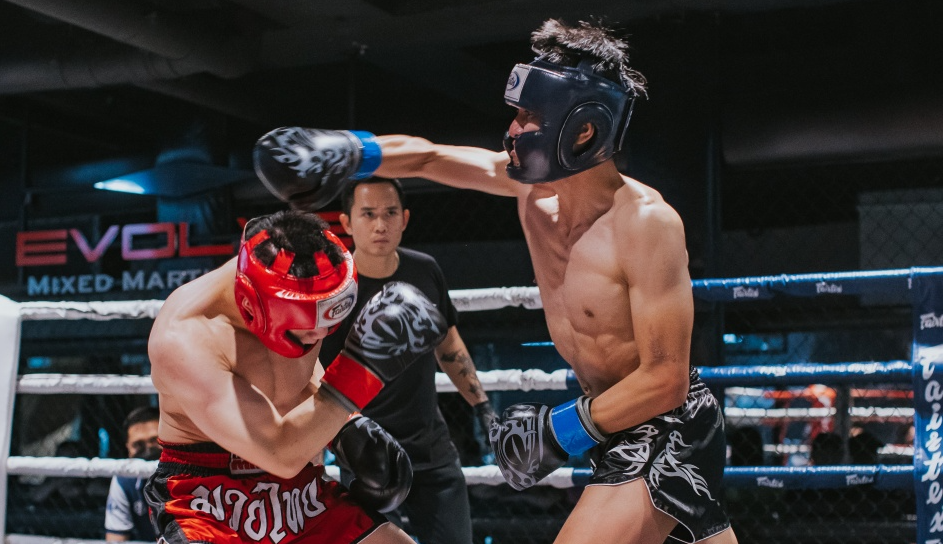Muay Thai Health&Safety
Protective Headgear in Muay Thai: Is It Necessary?
Introduction
Muay Thai, known as the “Art of Eight Limbs,” is a physically demanding and intense combat sport. With its use of punches, kicks, elbows, and knees, the risk of injury is significant. One of the most debated topics among practitioners and trainers is the necessity of protective headgear. This article delves into the reasons why protective headgear might be essential and examines the arguments against its use.
The Role of Protective Headgear in Muay Thai
Understanding the Basics
Protective headgear is designed to shield the head from impacts during training and sparring sessions. It typically covers the forehead, temples, cheeks, and sometimes the chin, providing a cushion against blows.
The Benefits of Using Protective Headgear
Reducing Impact and Injuries
One of the primary benefits of headgear is the reduction of impact. It absorbs and disperses the force of a hit, potentially preventing concussions and other head injuries.
Building Confidence
Wearing headgear can give fighters, especially beginners, the confidence to engage more fully in sparring sessions. Knowing they have an added layer of protection allows them to focus on technique rather than fear of injury.
Prolonging Training Sessions
Headgear can enable longer training sessions by reducing the likelihood of cuts and bruises. Fighters can train more frequently without the downtime needed to recover from facial injuries.

The Arguments Against Protective Headgear
False Sense of Security
Some argue that headgear can provide a false sense of security. Fighters might take more risks, believing they are fully protected, which can lead to poor habits and techniques.
Limited Vision and Mobility
Headgear can restrict peripheral vision and head movement. In a sport where awareness and agility are crucial, this limitation can be a significant disadvantage.
Debate Over Effectiveness
There is ongoing debate about the actual effectiveness of headgear in preventing serious injuries like concussions. Some studies suggest that while it protects against superficial injuries, it might not significantly reduce the risk of concussions.
Balancing Safety and Performance
Training Smart
It’s essential for fighters to train smart. This means balancing the use of protective gear with techniques that prioritize safety and effectiveness. Coaches play a crucial role in ensuring that fighters use headgear appropriately and maintain proper technique.
Listening to the Body
Fighters should pay close attention to their bodies and any signs of injury. Even with headgear, taking hits to the head can have cumulative effects, so it’s vital to rest and recover as needed.
Conclusion
The necessity of protective headgear in Muay Thai remains a debated topic. While it offers significant benefits in terms of reducing impact and building confidence, it also has potential drawbacks, such as restricted vision and a false sense of security. Ultimately, the decision to use headgear should be made on an individual basis, considering factors like experience level, training intensity, and personal comfort. Whether you choose to wear headgear or not, prioritizing safety and smart training practices is essential for long-term success in Muay Thai.

